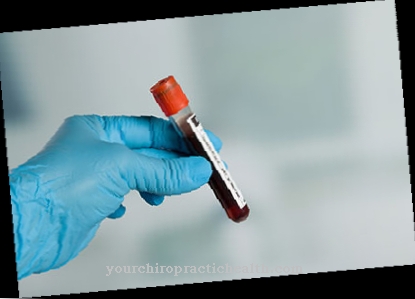The Palmar aponeurosis together with the skin is responsible for the firmness of the palm. It is an important part of the gripping device.
What is the palmar aponeurosis?
The term palmar aponeurosis is made up of the terms palma manus for the palm and aponeurosis, which is used to describe a tendon plate. Based on the usual functional designation for a tendon as the origin and attachment part of a muscle, definition problems can arise here with the designation.
Although the palmar aponeurosis can be viewed as a fan-shaped continuation of the tendon of the palmaris longus muscle, unfortunately this muscle does not occur in 20% of people. In this case, the musculus palmaris brevis alone takes on the muscular connection to the tendon plate. From a histological point of view, however, the palmar aponeurosis can be assigned to the tendon tissue, which is very similar to the surrounding fascia structures.
Some authors therefore refer to the entire complex of connected tendons and fasciae of the palm as the palmar fascia or as the palmar fascia complex. The palmar aponeurosis in the narrower sense represents the triangular tendon plate, the tip of which is in the area of the wrist, while the broader part pulls towards the rays of the fingers II - V.
Anatomy & structure
Starting from the wrist, the 4 longitudinal fiber strands fan out and pull towards the fingers, where the tendon sheaths of the finger flexors shine. They are reinforced by transverse fiber bundles that are functionally webbed. The tendon of the palmaris longus muscle arrives in the area of the wrist and begins to widen.
This area is connected to the flexor retinaculum, a firm ligament connection that holds the long flexor tendons in the so-called carpal tunnel. The fibers of this system reinforce the thin part of the palmar aponeurosis. Further transverse compression is found in the region of the metacarpal bones, known as the transverse metacarpal ligament, and the transverse fasciculi in the metacarpal joint.
Laterally, the palmar aponeurosis merges into the fasciae of the muscles of the ball of the big and small fingers. The palmaris brevis muscle radiates into the tendon tissue from the side of the little finger. It is a skin muscle, which means that its origin has no bone contact. The palmar aponeurosis is fused with the skin with a dense network of connective tissue fibers, in which the fat layer lying between is firmly bound.
Function & tasks
The skin in connection with the palmar fascia and the layer of fat enclosed in between forms a firm yet soft cushioning layer that offers protection from external influences. In particular, pressure loads when leaning on or holding objects can be effectively buffered.
At the same time, this cross-linking strengthens the skin and limits its mobility. This ensures that contact is made in a controlled manner when grasping and holding, and the sensitivity is reduced. This function is significantly supported by the two muscles that radiate into the palmar aponeurosis. In the case of a palm, the palm of the hand is brought closer together and the tension can be lost passively. The palmares longus et brevis muscles counteract this by contracting and tightening the entire connective tissue structure. Subjectively, the firmness and tension of the palm when shaking hands becomes noticeable, as are the individual differences.
The structures that run below the palmar aponeurosis are protected from damage that may affect them from outside.These structures include the tendons of the long and short finger flexors, as well as the vessels and nerves that partially pierce the tendon plate and pull it to their supply areas.
The tightly elastic tissue of the palmar fascia, like the tendons of the finger flexors, is stretched during extension. This bias creates a potential energy that can be used to develop force at the beginning of the flexion of the fingers. Athletes take advantage of this mechanical advantage when they swing back to strike, such as punching in volleyball.
You can find your medication here
➔ Medicines for painDiseases
The nature of the palmar aponeurosis, like that of the entire connective tissue, depends on the constitutional conditions of the individual. In people with weak connective tissue, the firmness is lower, the entire structure feels softer. On the other hand, years of hard physical work not only change the skin on the surface, but also the firmness of the layers below.
Injuries to the palm of the hand or the tendons that stretch it can have very painful effects and temporarily change the properties of the palmar fascia. Often there are cuts in this area that people cause consciously or unconsciously.
Shards of glass can leave such cuts in the palm of the hand, which often heal poorly. The tendons that run along the forearm near the wrist can be severed in unsuccessful suicide attempts if the incision runs perpendicular to the longitudinal axis. This can also affect the palmaris longus muscle and thus the tension in the palmar aponeurosis. A specific disease that specifically affects the palmar fascia is Dupuytren's contracture.
The slow course begins with nodular and cord-like hardening of the tendon plate, which can be felt but initially does not cause any discomfort or functional restrictions. If it worsens, the transitions to the tendon sheaths of the finger flexors are also affected. Most of the time, this process pulls the little and ring fingers towards the palm of the hand and makes them immobile, while the other fingers can, but do not have to, follow. The cause of this disease is still unknown. On the other hand, it is certain that the frequency is greater with increased tobacco and alcohol abuse, as well as with diabetes.
One therapy option is surgical removal of the hardening in order to restore finger mobility. However, the risk of recurrence is very high.

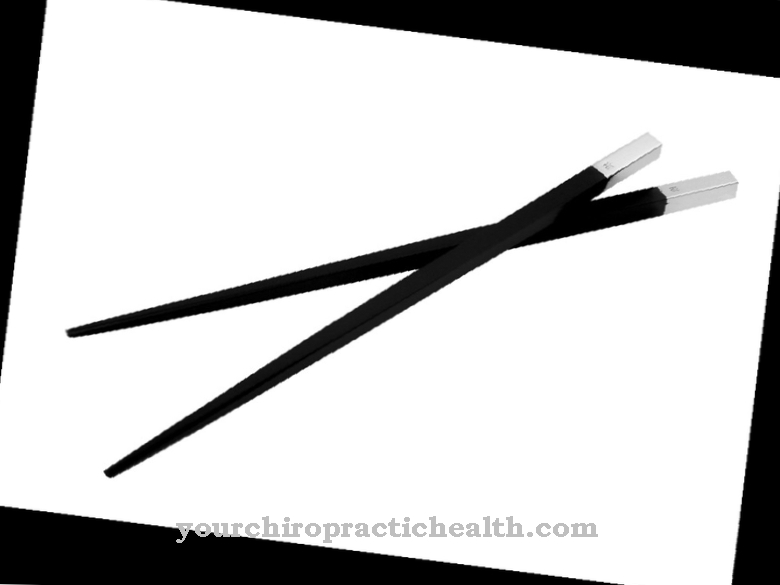
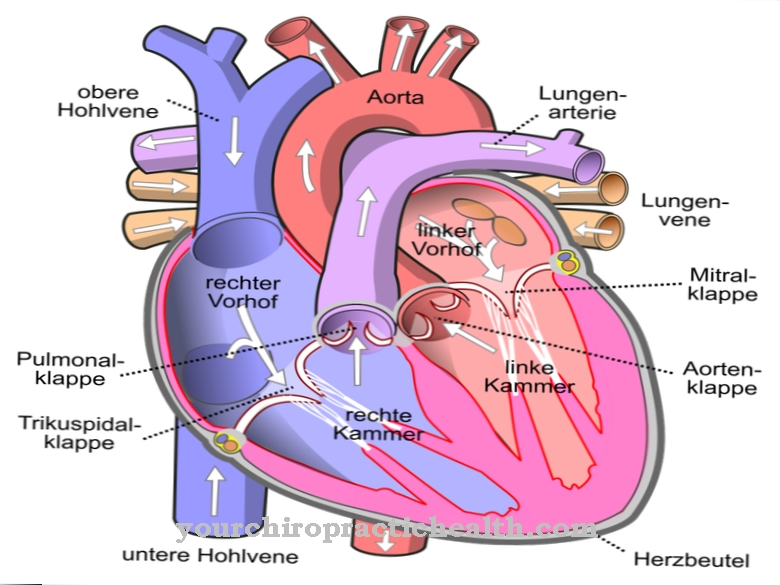


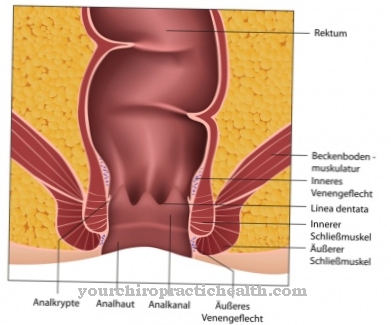
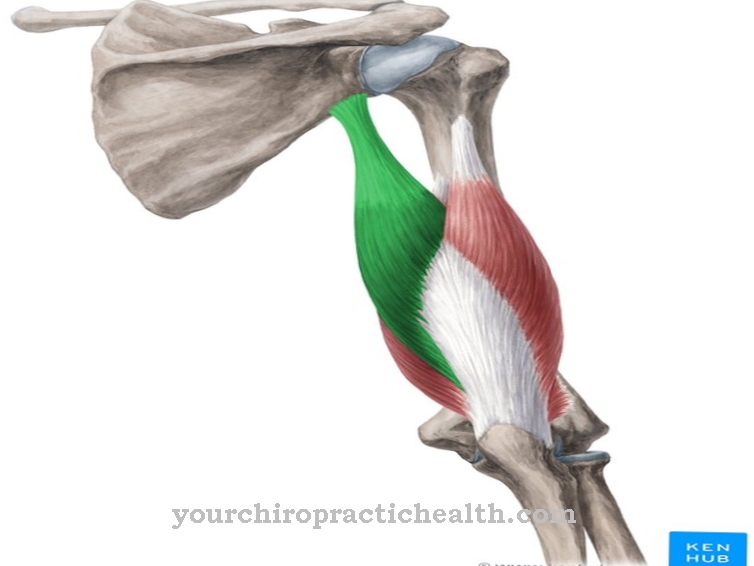






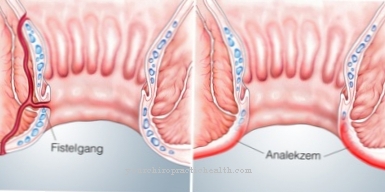

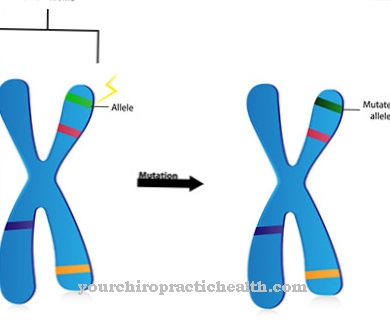
.jpg)





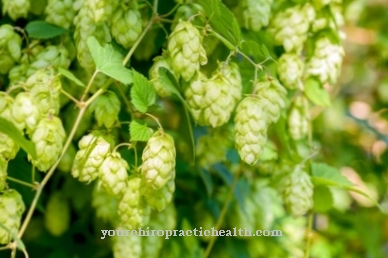
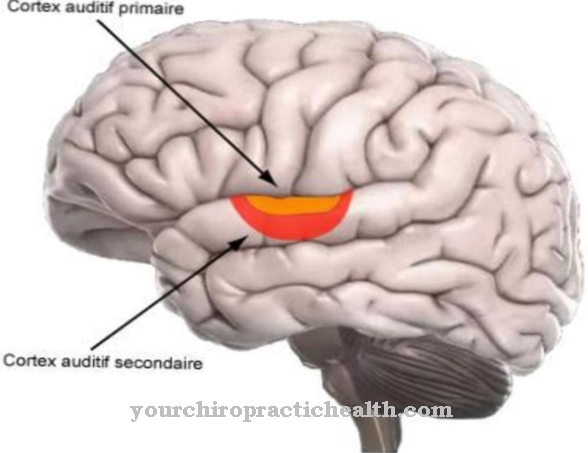
.jpg)


